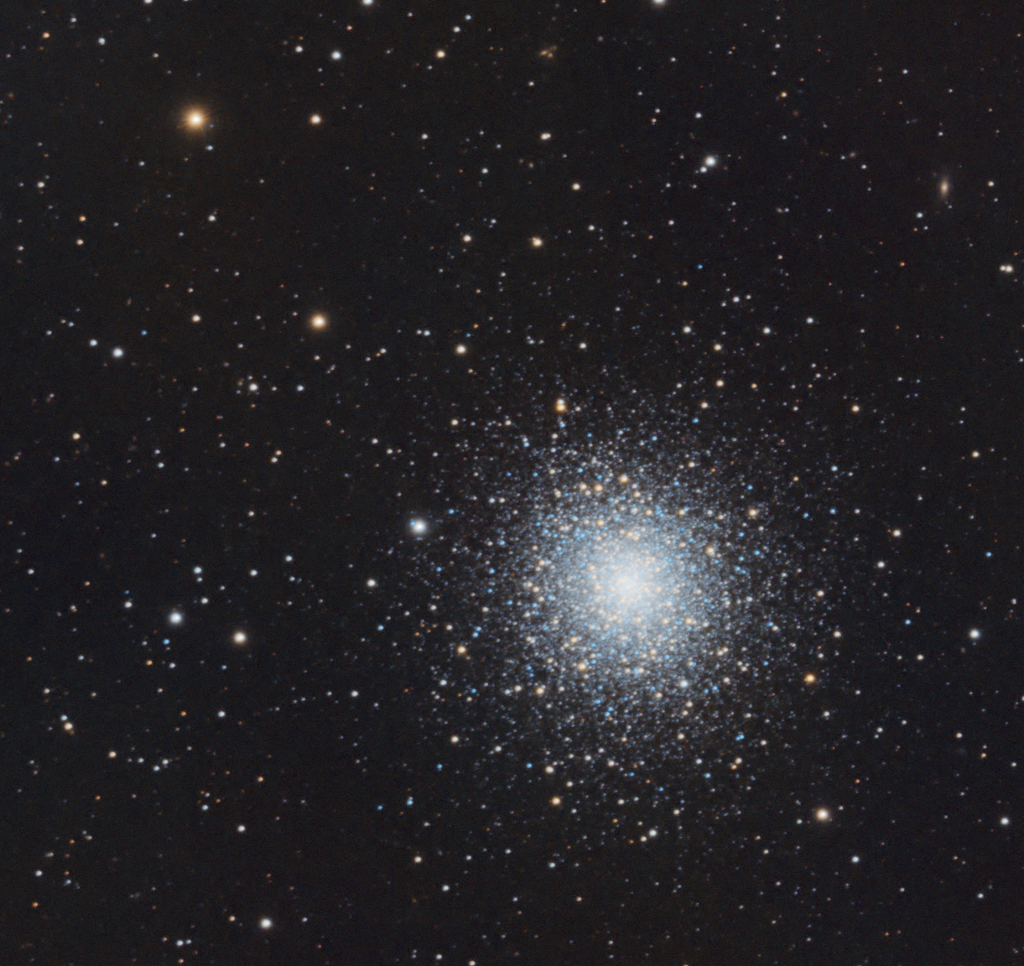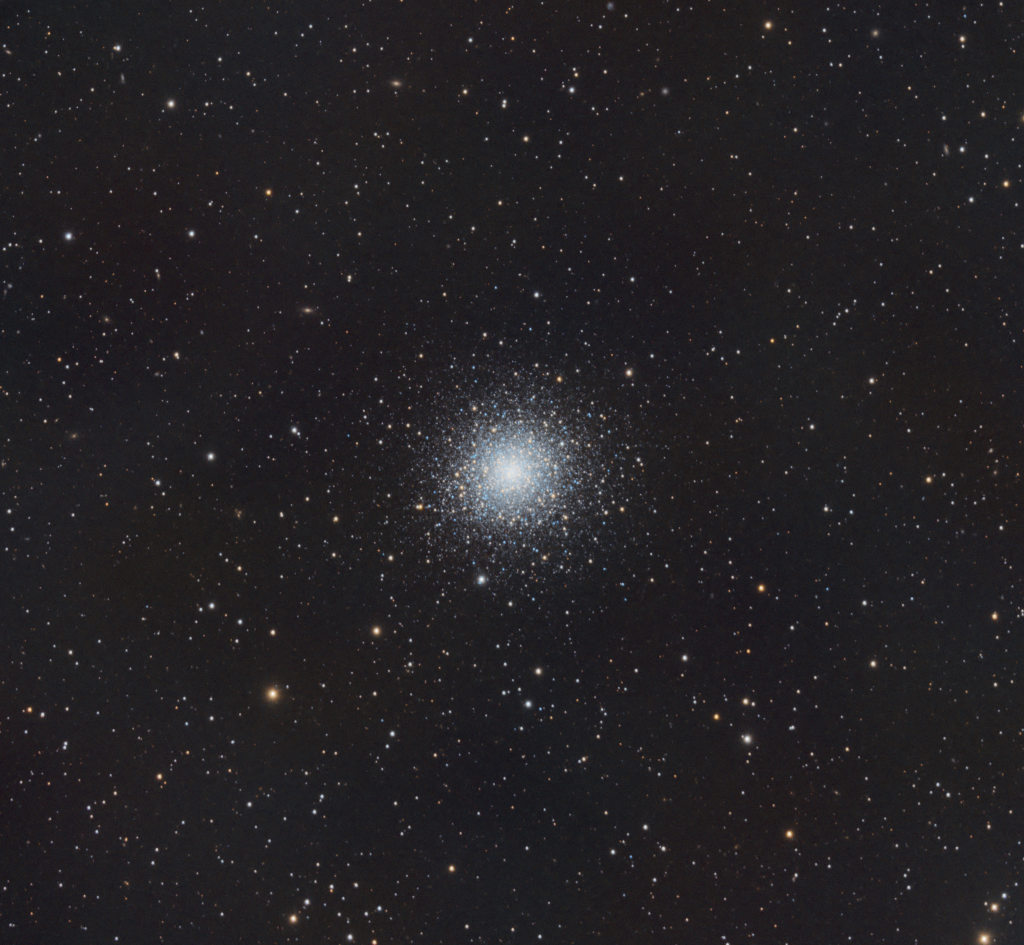
Similar Posts

Boldly Going Webcast: Behind the Scenes
If you’re a fellow amateur astronomer, you might be curious as to how our “live star parties” on our Boldly Going YouTube Channel are produced. The more people doing this, the better! Here’s how it all works behind the scenes, which might give you some ideas on how to produce your own show. The Heart…
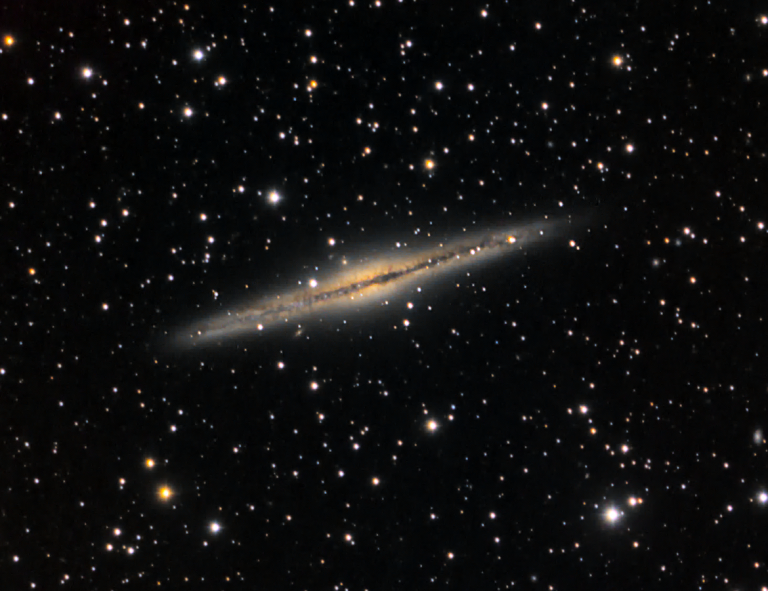
The “Silver Sliver” Galaxy
Try saying that three times fast! Fortunately, the “Silver Sliver Galaxy” has a formal name that’s easier to pronounce: NGC 891. It’s about 30 million light-years away, and is thought to be very similar to what our own Milky Way galaxy would look like when viewed edge-on. Explore the wider-field image; click on it for…
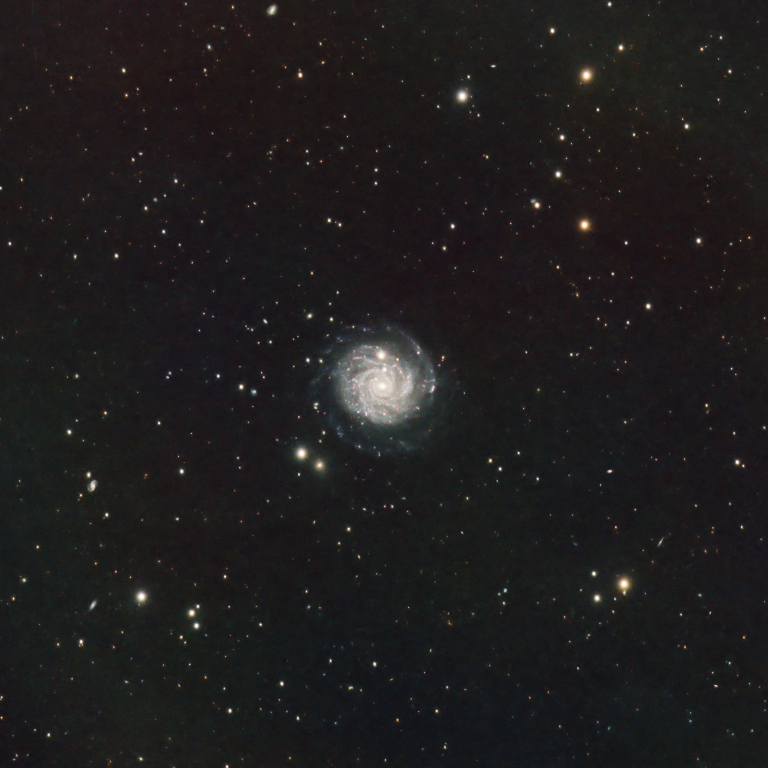
NGC 3344: Another obscure, isolated galaxy
Here’s another galaxy with no nearby neighbors, and no catchy nicknames either: NGC 3344. It’s about 22.5 million light-years away within the constellation Leo Minor. Although it doesn’t get the love it deserves, it’s a glorious face-on barred spiral galaxy that’s about half the size of our own Milky Way. Explore the space around it,…
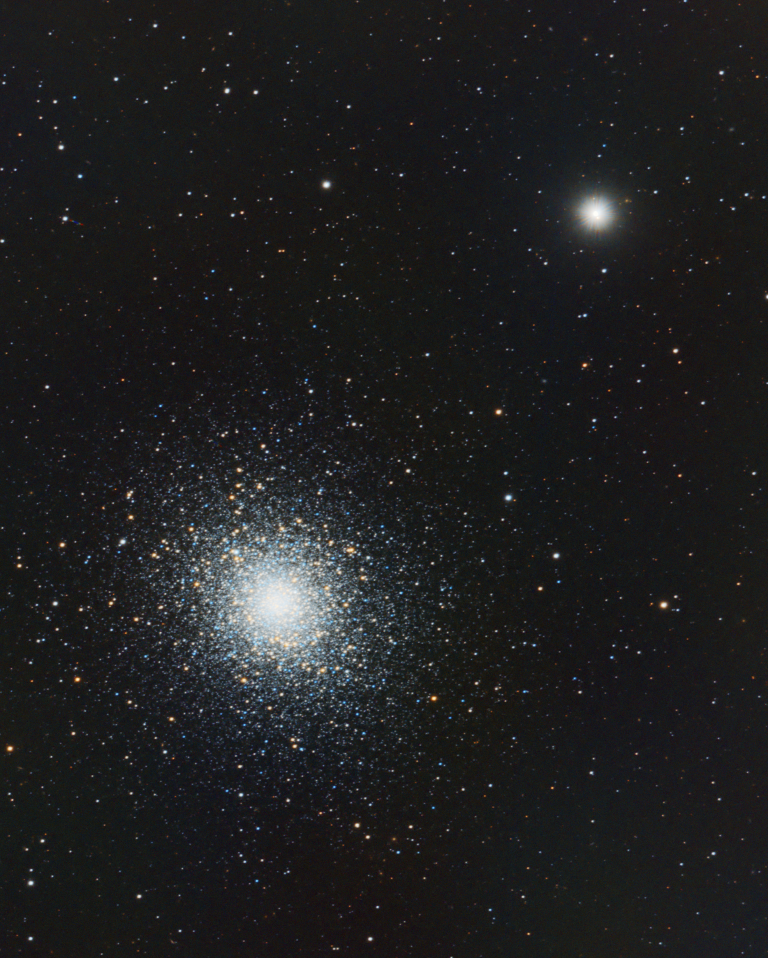
Globular Cluster M5
As we enter summer and the Earth starts pointing us back into the plane of the Milky Way and its many nebulas, we’re nearing the end of globular cluster season. M5 seems a fitting one to end on this year; there’s nothing terribly remarkable about it, other than I think it’s pretty. It’s located about…
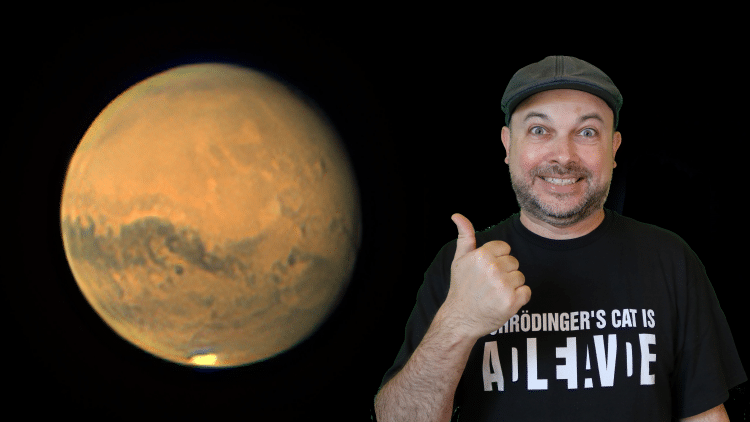
Learn Astrophotography with Frank!
Check out our online courses, and learn the secrets behind the images on this site! Select one to learn more. [lifterlms_courses]
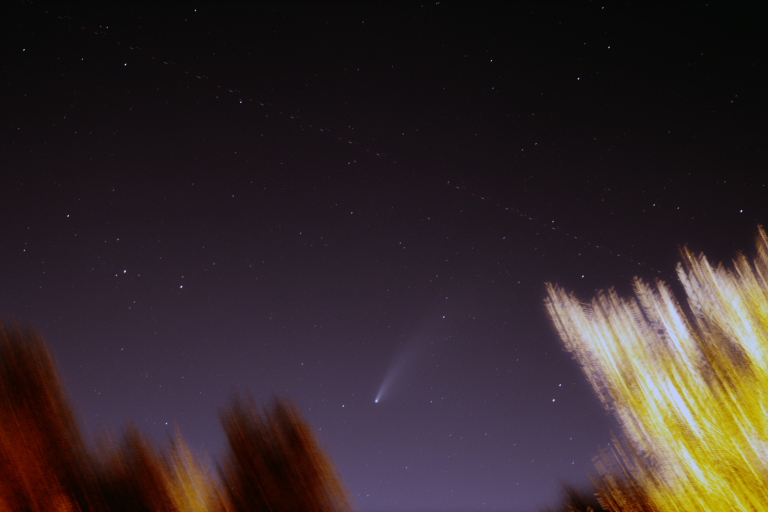
Comet hunting!
There’s a comet in the sky! They don’t appear this bright very often, so don’t miss what could be a once-in-a-lifetime chance to see a comet with your own eyes. It’s tough to spot here in suburbia with your eyes, but it’s easy to see with binoculars. Its official name is C/2020 F3 NEOWISE. Just…

